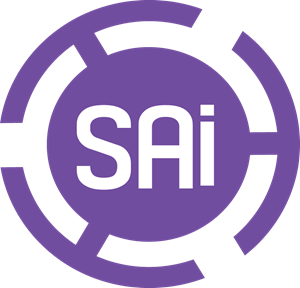For a long time, SA International itself had a sizable team of about 50 developers, Cundiff says. “Software development is ultimately not about technology or programming languages, but about people. People build domain knowledge and are able to turn technical challenges into code. That is what determines our success.”
However, the 2008 financial crisis led to a sharp decline in sales of printing equipment. This also reduced demand at SA International, which was forced to reduce development capacity for SA International’s main product – a small number of developers remained on board.
Naturally, SA International wanted to scale up again when the market recovered. “That turned out to be easier said than done. It had become very difficult to find good developers. From someone from another company in our industry, we got the tip to contact NetRom, a company that would have specific domain expertise in large format printing – which is pretty unusual in our market. We quickly saw that there were excellent opportunities to start working together.”
Start of collaboration
The collaboration between NetRom and SA International began in 2015. “We initially engaged NetRom to work on software for two tools: the Flexi Color Profiler and SAi Connect. The latter is a desktop application that allows you to download or update software, manage licenses and access tools and production statistics.”
NetRom put together a scrum team that already had experience in the print and media business: eight developers and two QA specialists. This allowed the team to immediately think well about the architecture and functionalities of the platform that supports end users in performing complex print tasks.
In addition, NetRom is now also working on the development of a cloud product. A mixed team has been assembled for that as well, with a developer in Salt Lake City and three developers in Romania. “At the start of that project, we said to NetRom: develop a new cloud application from scratch. We wanted to build the best software available in the market,” Cundiff says. “After some time, it became clear that while we would create a great product this way, it would also narrow our niche. Therefore, we later took a step back. We gave the NetRom team the source code of our best desktop product with the request to use it in developing a new cloud solution.”






